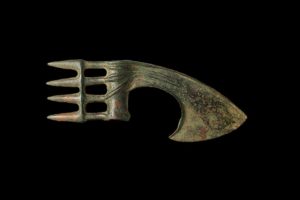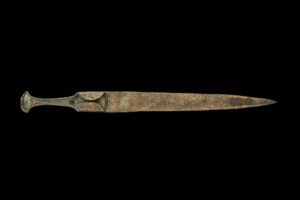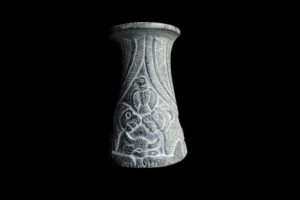Persian Empire
It originated as a group of nomad tribes from the north of Iran, around 1,400 b. C. In 559 B.C. Cyrus II, from the Achaemenid dynasty, took the Persian throne and gave rise to the Persian Empire.
Their realms extended to the west, where the Greeks stopped them in some of the most famous battles in history: Marathon, Salamis, Thermopylae… The Persians established a great administrative and politic organization within their conquered territories, practicing religious tolerance and lowering taxes, which greatly favored trade.
Defeated by Alexander the Great, who conquered Persepolis in 330 b. C., their territories became part of the Hellenistic kingdoms founded by the generals of the Macedonian leadership, to then be divided into the Roman and Parthian Empires.
Persian women
Although Persian society was patriarchal, women were treated with great respect by laws. Persian women brought a dowry when they got married. But in case of divorce the dowry was returned to the wife. There are records of women owning possessions that they could sell without their husband right to intervene.






